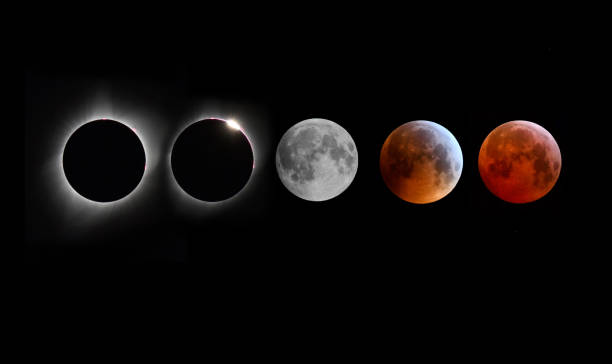
Lunar Eclipse 2022: India's eastern states to observe the red tint

The Earth will observe a total lunar eclipse on Tuesday (November 8), the last total lunar eclipse for the planet for the next three years.
Many cities across the world will witness the moon turn a reddish hue. The eclipse will be visible across Asia, Australia, North and Central America and New Zealand.
However, according to India’s Ministry of Earth Science, the phase of the beginning of totality, wherein the moon is completely in the Earth’s shadow, will not be visible anywhere in India.
Also Read: Total lunar eclipse on November 8
India’s eastern states can, however, see the red tint in the “totality ending” phase. The phase occurs when the moon exits the Earth’s shadow. A dimming red colour can be seen during the phase.
The phase will occur at 5:12 pm on Tuesday (November 8), will be visible in Agartala (Tripura), Bhagalpur (Bihar), Kohima (Nagaland), Aizawl (Mizoram), Bhubaneswar and Cuttack (Odisha), Kolkata and Darjeeling (West Bengal), among others.
Rayleigh scattering
A phenomenon called Rayleigh scattering turns the moon red during a lunar eclipse.
Also Read: Solar eclipse 2022: All you want to know about partial eclipse on Oct 25
During an eclipse, the only sunlight reaching the Moon goes through the Earth’s atmosphere. The more dust or clouds in the earth’s atmosphere, the redder the moon.
How to observe a lunar eclipse?
Telescopes and binoculars can improve one’s view of the lunar eclipse. It is also advised to be away from bright lighting to get an ideal viewing experience.

